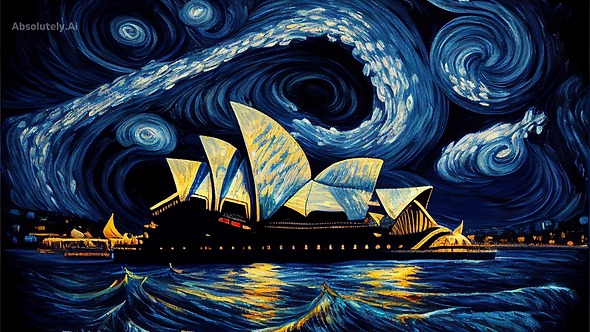
Various strategies, including litigation and IT hacks, are being utilized by the creative industry to safeguard jobs and original work from automation
Artists, designers, photographers, authors, actors, and musicians reject jokes about future automation and claim it’s already happening. Their creative output, once considered safe from technology, has been collected from the internet for algorithmic commercial use. However, with the recent release of GPT-4, an advanced AI text engine, artists, writers, and regulators are fighting back to protect their work.
The creative industry is quickly using collective efforts, legal action, global regulations, and technological strategies to fight against automation. While poetry remains a challenging task for AI, photographers and designers face a genuine threat to their professions as generative software can produce images in seconds. Popular websites like NightCafe create “original” artwork from data in response to verbal prompts. To combat this, visual artists and image agencies are opting out of “data training” and rejecting AI software from farming their work. Thousands have shared “Do Not AI” signs on social media and web galleries in response.
Earlier this year, Nick Cave was angered by a software-generated imitation of his lyrics and referred to it as “a grotesque mockery of what it is to be human.” This review highlights how AI innovations, like Jukebox, are a threat to musicians and composers. Digital voice-cloning technology is also making it challenging for narrators and actors to secure work. In February, Gary Furlong, a Texas veteran audiobook narrator, found out that Apple had the right to use his audiobook files for machine learning. However, the union SAG-AFTRA intervened, and Findaway Voices, now owned by Spotify, has agreed to halt temporarily and points to a “revoke” clause in its contracts. Apple released its first algorithm-narrated books this year, a service Google has offered for two years.
While AI’s impact on the creative world is newsworthy, software innovations in insurance underwriting may not be as compelling. However, simulating imagination has always been at the forefront of improving AI because it is incredibly challenging to achieve. Despite this, software has not yet been able to create paintings or stories that captivate an audience in the same way as human-created art. Tone and emotional regulation remain difficult to replicate convincingly.
An analysis conducted in February highlighted that designers and illustrators are the most susceptible to the growing problem of AI-generated art. Programs such as Midjourney, Stable Diffusion, and DALL.E 2 can produce images in seconds, sourced from a library of pre-existing styles and color schemes. ArtStation, a popular platform for artists, was reportedly inundated with anti-AI memes and even requested that AI-generated artwork be labeled as such.
The movement to opt-out of AI-generated art is gaining momentum, with tens of millions of artworks and images excluded in recent weeks. However, tracking these exclusions can be challenging, as images are often used by clients in modified forms, and opt-out clauses can be difficult to locate. Additionally, many photographers are noticing that their unique style is being replicated by AI to produce cheaper work.
According to the author, ChatGPT denied her existence even though it quoted her work, which left her feeling violated. She states that she does exist on the internet, and this was a significant blow to her self-esteem. Additionally, the AI tool produced an accurate summary of her book, but attributed it to a random person. The book examines how misinformation influences our perception of the world, and the author believes that relying on AI-generated content is no more trustworthy than consulting a horoscope. She proposes that funding for AI development should be redirected towards the search for new legal safeguards.
AI enthusiasts may claim that it can provide us with insights into the future beyond our cognitive abilities. However, for artists and writers who have fallen victim to plagiarism, the only solace is the lesson that we, as humans, must continue to question and verify all that we see and read.



